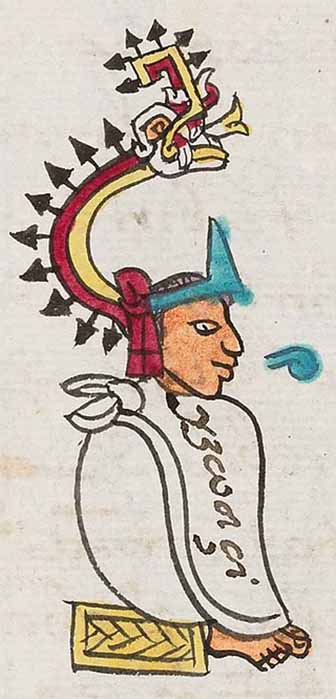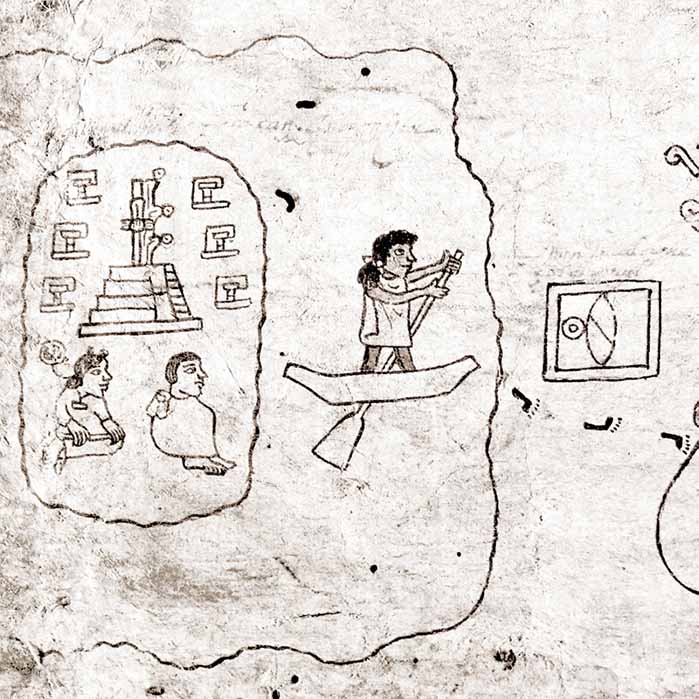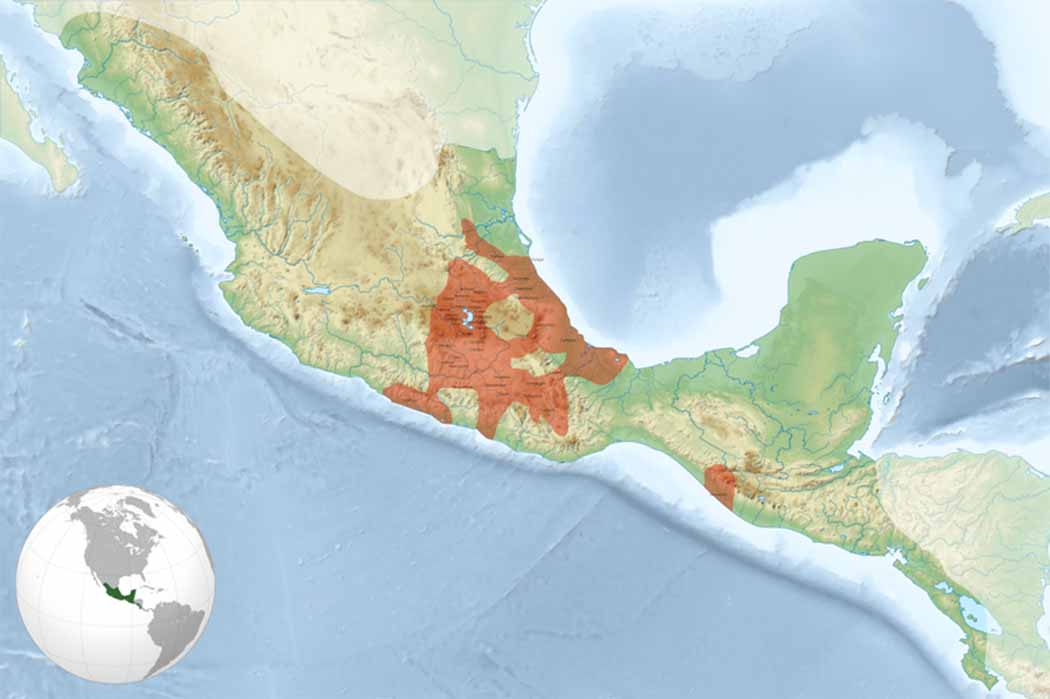
Tamoanchan: In Search Of The Origins Of The Aztecs
About 1,800 years ago, a group of people migrating from an unknown northern location began to settle in what is now called the Valley of Mexico. They are called Aztec, a name derived from the word Aztlán, which means "White Land," the “home of the seven caves.” This might refer to their ancestral homeland. Its exact location is uncertain, but many anthropologists believe it to be in what is now northern Mexico, while others place it much farther to the north. They were a Nahuatl-speaking culture, who soon began to build an extensive system of canals and dikes, needed to control water levels for agriculture.

Itzcoatl in the Codex Mendoza (Public Domain)
By 1428, Itzcoatl, their ruler, allied his people with Tlacopan and Texcoco, forming what is called the Triple Alliance, which controlled the nation until the arrival of the Spanish in 1519. That is the official version in most history books, but the narrative told by native Aztec historians is much richer, a lot more intriguing, and takes one back to ancient times.

Page from the Codex Boturini depicting the departure from Aztlán (Public Domain)
The Land of Red Rocks and Four Rivers
The Tonalamatl of the Aubin Collection, more commonly referred to as the Aubin Codex, reveals quite a different tale than what is commonly found in history books. In pictures and texts, it outlines a migration story that traces the Aztec nation all the way back to its roots in the almost mythical Aztlán, and concludes in 1608, after the Spanish invasion. Surviving texts are written on European paper, so they are undoubtedly copies made by Spanish translators, a few of whom secretly wanted to retain whatever they could of Aztec tradition after their church had burned everything else of value. Still, the language used is alphabetic Nahuatl, a transliterated Aztec text, so the translators had obviously gone to the trouble of learning the language in order to record the story as accurately as possible. Presumably they received it right from the lips of Aztec elders.

The Aztec empire in 1519 during the reign of Moctezuma Xocoyotzin or Moctezuma II (Aldan-2/ CC BY-SA 4.0)
According to the codex, the Aztecs believed their ancestors came from the north, but not northern Mexico. It was someplace farther away than that, a land of red rocks that gave birth to four rivers. Some scholars place the location near Phoenix, Arizona, but that is just a guess. Red rocks are scarce by the time one reaches Phoenix, but continuing farther north, the journey leads to the Four Corners country, the junction of Utah, Colorado, Arizona, and New Mexico. This area is right in the heart of the Canyon Lands.




